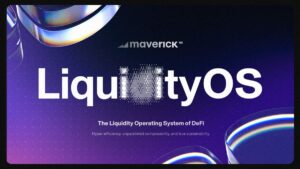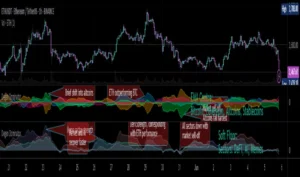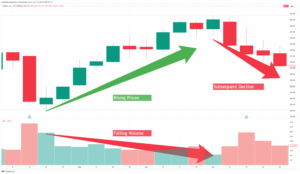For years, Ethereum users have wrestled with a difficult truth: despite being one of the most powerful and flexible smart contract platforms in the blockchain space, Ethereum has never been particularly user-friendly. Wallets are clunky, gas fees confusing, and onboarding new users is a steep climb. Enter account abstraction—a concept that’s been floating in developer circles for years but is now making waves as a potential solution to Ethereum’s UX shortcomings.
But is it truly a revolution in user experience? Or just the latest layer of blockchain hype? Let’s break down what account abstraction really is, why it matters, and whether it’s set to redefine how we interact with Ethereum.
What Is Account Abstraction, Really?
At its core, account abstraction is about merging the roles of Ethereum’s two main types of accounts—externally owned accounts (EOAs) and smart contract accounts—into a more flexible model.
- EOAs (like those controlled by MetaMask) are limited. They rely on private keys, require users to sign every transaction, and can’t have built-in logic.
- Smart contract accounts, by contrast, can include custom functionality like multi-sig, social recovery, batching transactions, and more—but they can’t initiate transactions themselves without gas from an EOA.
Account abstraction (AA) aims to remove these limitations by making every account programmable, giving users more flexibility and allowing for smarter, safer, and easier-to-use wallets.
Why Does It Matter?
1. Better UX, Finally
Imagine onboarding to Ethereum without needing to manage private keys directly. Instead, you could sign in using a Face ID or social login and recover your account through friends or guardians—a major step forward in usability.
2. Gasless Transactions
One of the biggest user pain points on Ethereum is paying gas in ETH. With account abstraction, users can pay gas in any token, or even let a dApp sponsor the gas entirely. This opens the door for more accessible DeFi, NFTs, and gaming experiences.
3. Bundled Transactions
Account abstraction allows users to batch multiple actions into a single transaction. That means no more having to confirm three different prompts to interact with one dApp—one click could do it all.
4. Built-in Security
From rate-limiting high-value transfers to time-locked withdrawals, AA enables accounts to include sophisticated security logic—something traditional wallets simply can’t offer without external tools.
The Tech Behind the Hype: ERC-4337
The breakthrough came in March 2023 with the launch of ERC-4337, a proposal that implements account abstraction without requiring a hard fork of Ethereum.
ERC-4337 introduces the concept of a “UserOperation”—a new transaction type that’s processed by an EntryPoint smart contract, rather than the protocol layer itself. This change enables programmable wallets and new forms of account management without touching Ethereum’s core codebase.
In other words, Ethereum developers found a way to make AA work with existing infrastructure—a huge win for forward compatibility.
Projects Leading the Charge
Several wallet and infrastructure projects are already building on the promise of account abstraction:
- Safe (formerly Gnosis Safe): Leading the smart contract wallet space, Safe is working to integrate ERC-4337 for more flexible use cases.
- Stackup, Pimlico, Alchemy: These infrastructure providers offer bundler services that process UserOperations for AA-enabled wallets.
- Rabby and Ambire Wallets: These next-gen wallets are exploring how to make onboarding seamless using social recovery, gasless transactions, and multi-chain support—all built on AA principles.
Is It Too Early?
While the potential is massive, challenges remain:
- Adoption barrier: AA requires support from both dApps and wallet providers. Without coordination across the ecosystem, its benefits may stay siloed.
- Security concerns: More programmability means more potential for bugs. If a user’s account is just a smart contract, any exploit in the contract code could be disastrous.
- Cost of deployment: Smart contract wallets still require more gas to deploy and interact with, which can be a deterrent during periods of high network congestion.
Revolution or Hype?
So, where does account abstraction really stand?
It’s not just hype—the functionality it unlocks is real and meaningful. But it’s not a revolution that will transform Ethereum overnight either.
Instead, think of it as a foundational layer, a quiet transformation that could make Ethereum more welcoming to the next billion users. Much like how TCP/IP revolutionized the internet but wasn’t immediately visible to everyday users, account abstraction is laying the groundwork for better wallet UX, safer accounts, and new forms of on-chain interaction.
Final Thoughts: The Road Ahead
Ethereum’s strength has always been in its community of builders willing to tackle complex problems with elegant (if sometimes delayed) solutions. Account abstraction is a perfect example of this ethos—a technically nuanced idea aimed at solving one of crypto’s biggest user pain points.
We’re still in the early innings. But as infrastructure improves and more wallets go fully abstracted, the Ethereum experience could start to feel less like handling a command line and more like using an app store.








